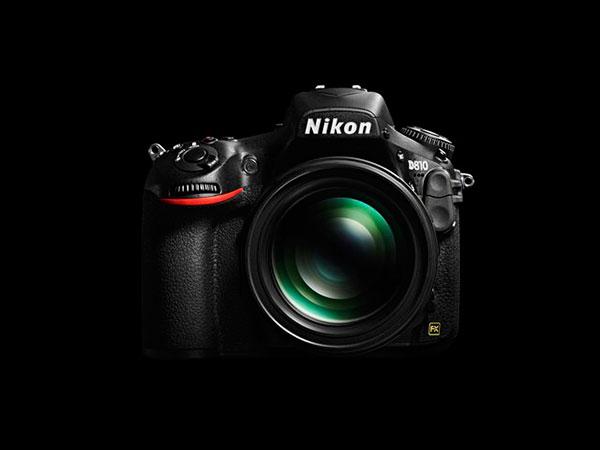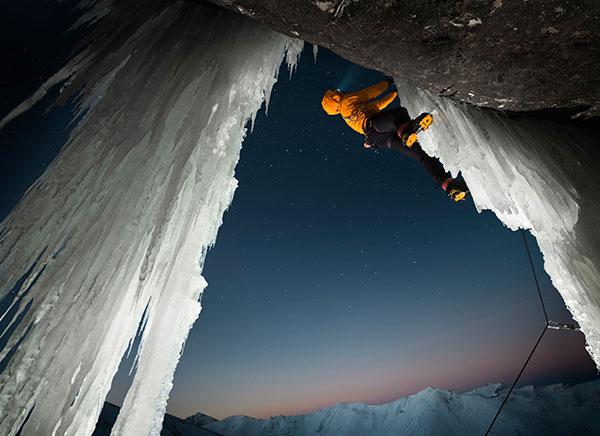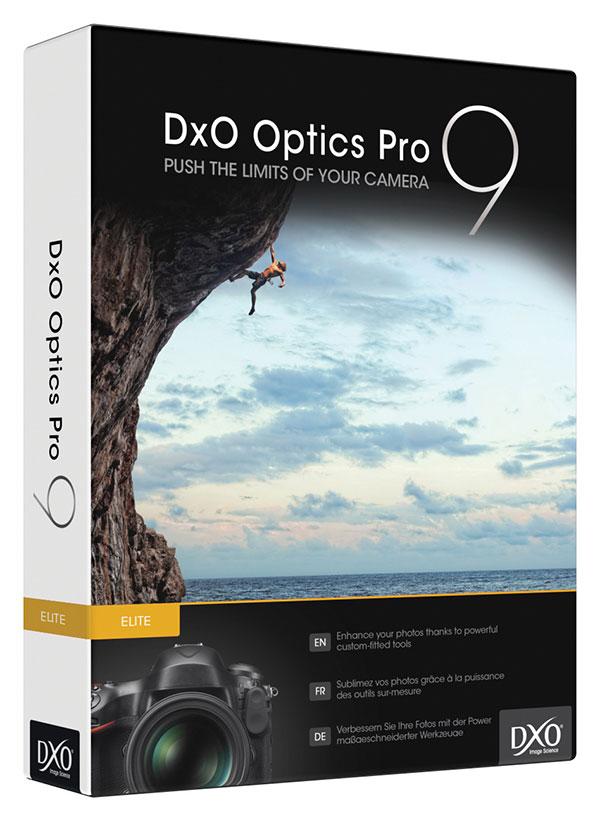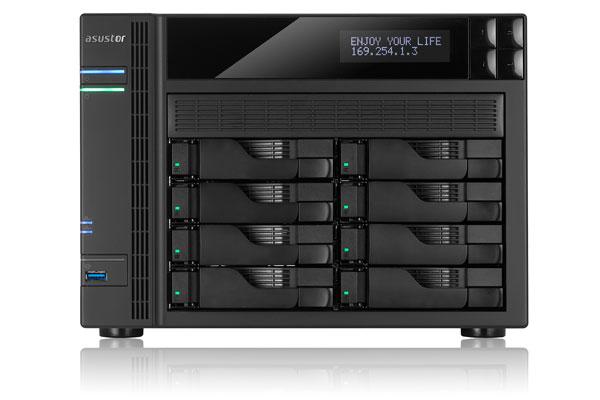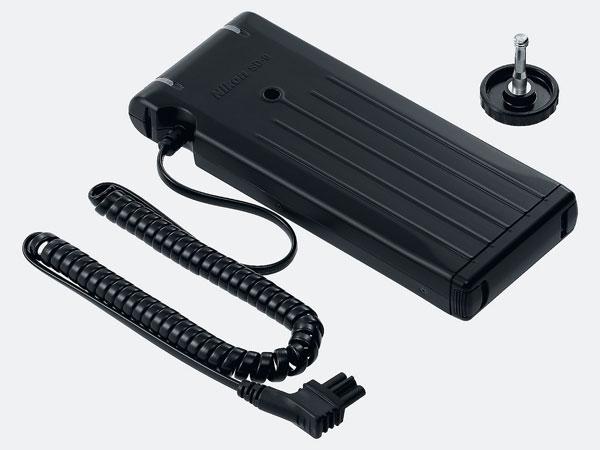Jack Neubart
|
Sep 14, 2014
|
Sep 02, 2014
|
Aug 08, 2014
|
Jul 25, 2014 |
First Published: Jun 01, 2014
|
Jul 08, 2014 |
First Published: Jun 01, 2014
|
May 30, 2014 |
First Published: May 01, 2014
|
May 30, 2014 |
First Published: Apr 01, 2014
|
May 23, 2014 |
First Published: Apr 01, 2014
|
Apr 29, 2014 |
First Published: Mar 01, 2014
|
Apr 25, 2014 |
First Published: Mar 01, 2014
